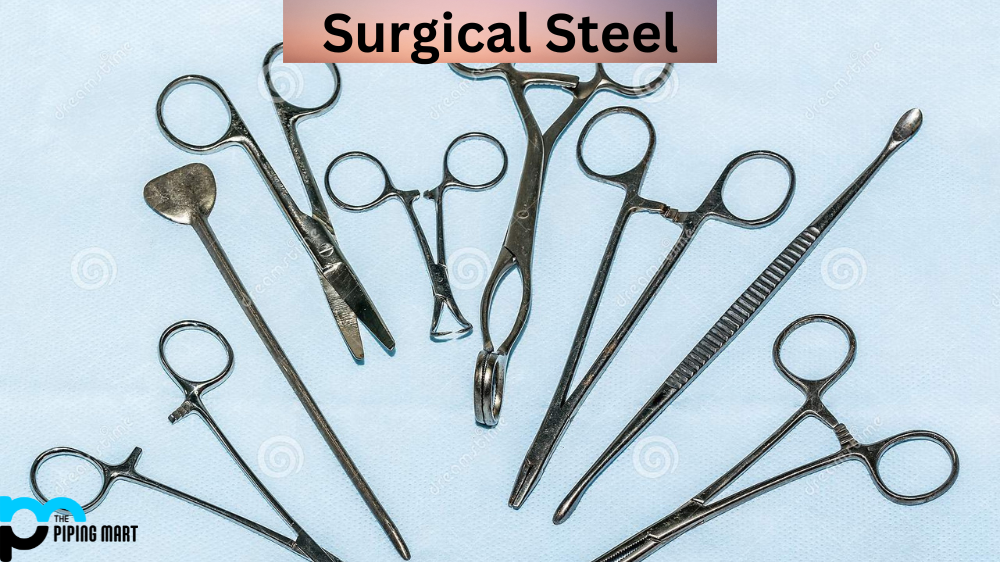If you’re a DIYer or metalworker, you may have heard that stainless steel is harder than regular steel. But what makes stainless steel different from regular steel in the first place? Let’s take a look at the properties of both types of steel and why stainless may be better suited to certain tasks.
Regular Steel vs Stainless Steel
Regular steel is an alloy made up of mostly iron, with small amounts of other elements like carbon, manganese, phosphorus, sulfur, and silicon. In comparison, stainless steel contains more chromium than regular steel — anywhere from 10.5% to 27%. Chromium is the element that gives stainless its corrosion-resistant qualities. This type of steel also contains smaller amounts of molybdenum and nickel which add to its toughness and durability. As a result, stainless can survive more wear and tear than regular steel because it’s less susceptible to rusting or corroding over time.
Fixed vs Variable Hardness Levels
The hardness level refers to how resistant the metal is to being scratched or dented—basically, how hard it is when put under pressure or strain. Regular steel has variable hardness levels depending on the amount of carbon it contains; for instance, low-carbon steels are softer, while higher-carbon steels are harder and stronger but more brittle. On the other hand, the addition of chromium in stainless steel gives it a fixed hardness level across all its variations—making it harder than regular steel overall due to its resistance against scratches and dents caused by wear and tear over time.
Conclusion:
Overall, stainless steel is much harder than regular steel because it contains chromium which allows it to withstand more wear and tear without corroding or rusting as easily as regular steels do. Stainless also has a fixed hardness level across all its variations, whereas regular steels vary depending on their carbon content; high-carbon steels tend to be stronger but more brittle, while lower-carbon steels are softer but less durable in comparison. So if you’re looking for a tough material that will stand up against wear and tear over time, then stainless might be your best bet!

Pipingmart is a B2B portal that specializes in metal, industrial and piping items. Additionally, we share the latest information and information about materials, products and various types of grades to assist businesses that are involved in this business.




